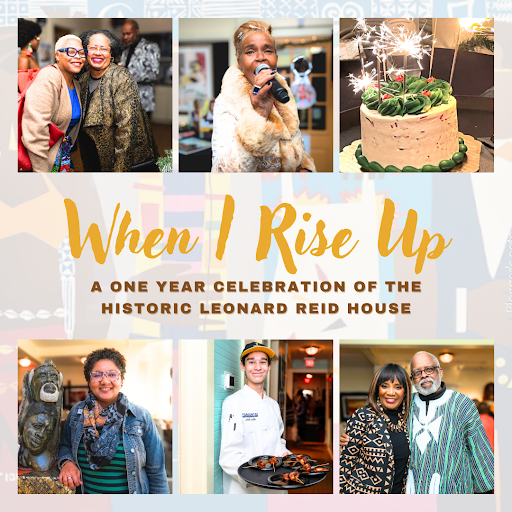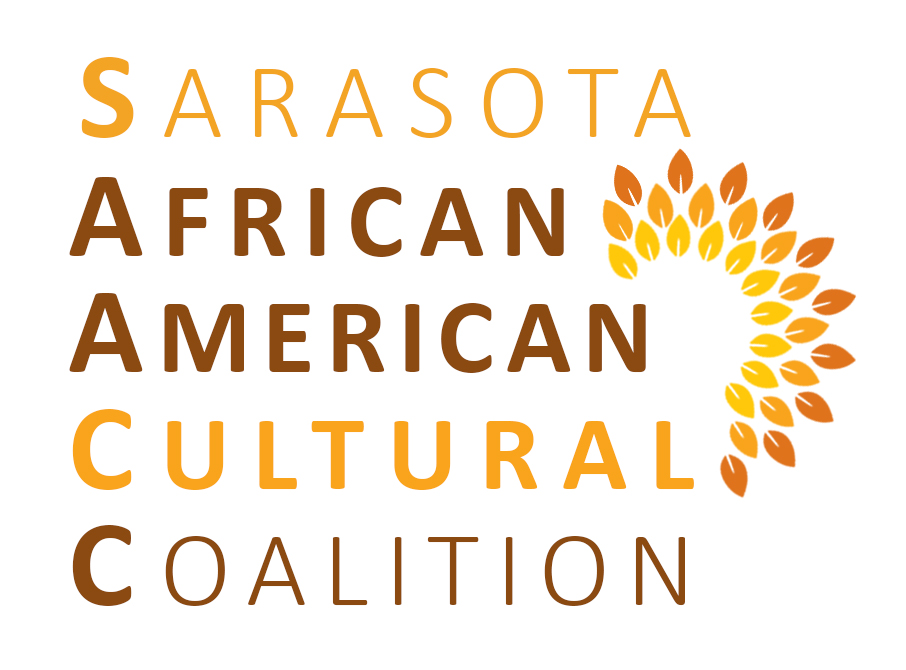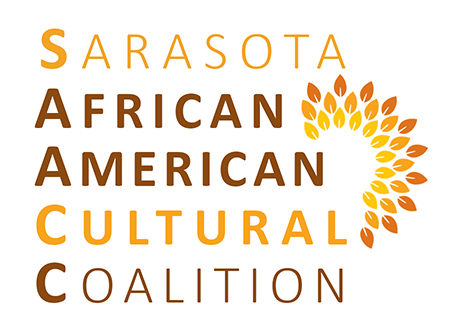Blog

Reid House First Anniversary Celebration Sparks New Momentum
This time last year, the Sarasota African American Cultural Coalition received the greenlight to open the historic Leonard Reid House after completing a renovation project. We decorated and invited the community to enjoy carols at “A Newtown Christmas.” This year…

Now Hiring! Sarasota African American Cultural Center Director of Development – The Sarasota African American Cultural Coalition
he Director of Development will be responsible for creating and implementing a comprehensive development strategy to support SAACC’s mission and growth. This role involves cultivating and stewarding relationships with…
